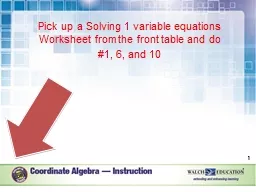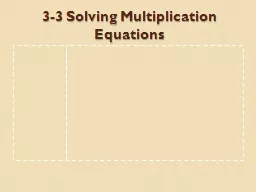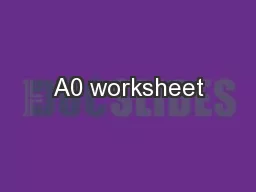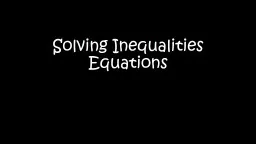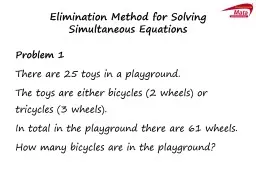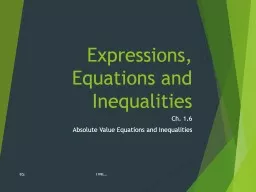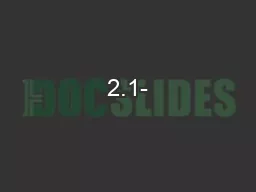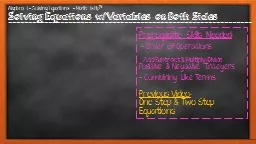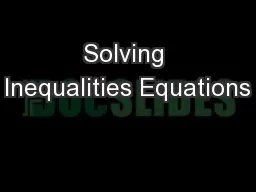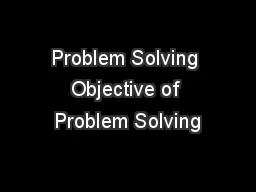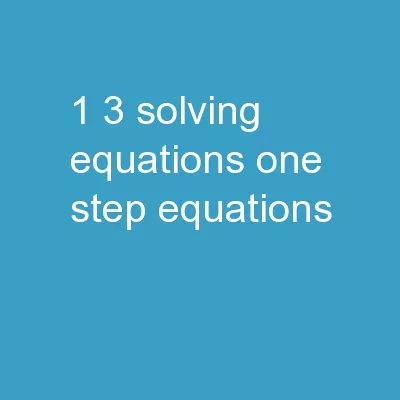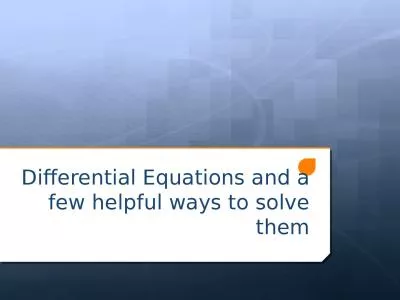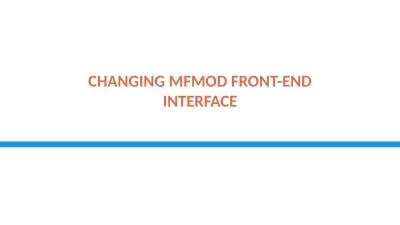PPT-Pick up a Solving 1 variable equations Worksheet from the front table and do
Author : min-jolicoeur | Published Date : 2018-09-21
1 6 and 10 1 Go over Solving for 1 variable worksheet 2 3 Introduction Thoughts or feelings in language are often conveyed through expressions however mathematical
Presentation Embed Code
Download Presentation
Download Presentation The PPT/PDF document "Pick up a Solving 1 variable equations W..." is the property of its rightful owner. Permission is granted to download and print the materials on this website for personal, non-commercial use only, and to display it on your personal computer provided you do not modify the materials and that you retain all copyright notices contained in the materials. By downloading content from our website, you accept the terms of this agreement.
Pick up a Solving 1 variable equations Worksheet from the front table and do: Transcript
Download Rules Of Document
"Pick up a Solving 1 variable equations Worksheet from the front table and do"The content belongs to its owner. You may download and print it for personal use, without modification, and keep all copyright notices. By downloading, you agree to these terms.
Related Documents

